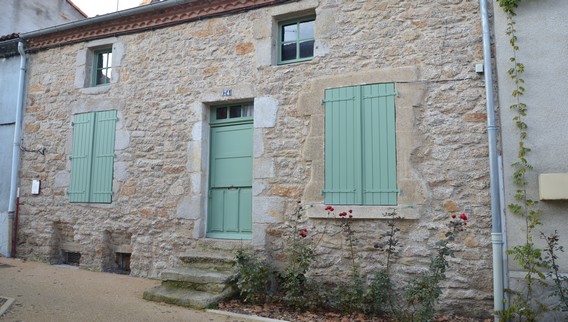It was the presence of so many water mills and the replacement of their millstones by fulling mills and other mechanical means of textile production that encouraged spinners and weavers to come to Saint-Laurent-sur-Sèvre, where the textile trade boomed.
To exercise their trade, these new arrivals began to build houses, and weaving needs a lot of room ! More than anything else, it demands a very long room in which to produce fabric !
So weavers’ houses are often very long, with even longer cellars.
The owners generally lived in the upper part of the building, and used the cellar as their workshops.
These cellars may extend the full length of one or more homes. The small cellar windows we see today at street level were there to bring a little daylight into the workspace.
But why work in the cellar instead of on the upper floor ?
The simple answer is that the constant humidity below ground makes the weaving process easier and keeps the fibers from breaking.
Humidity !
That’s the key to weaving !


